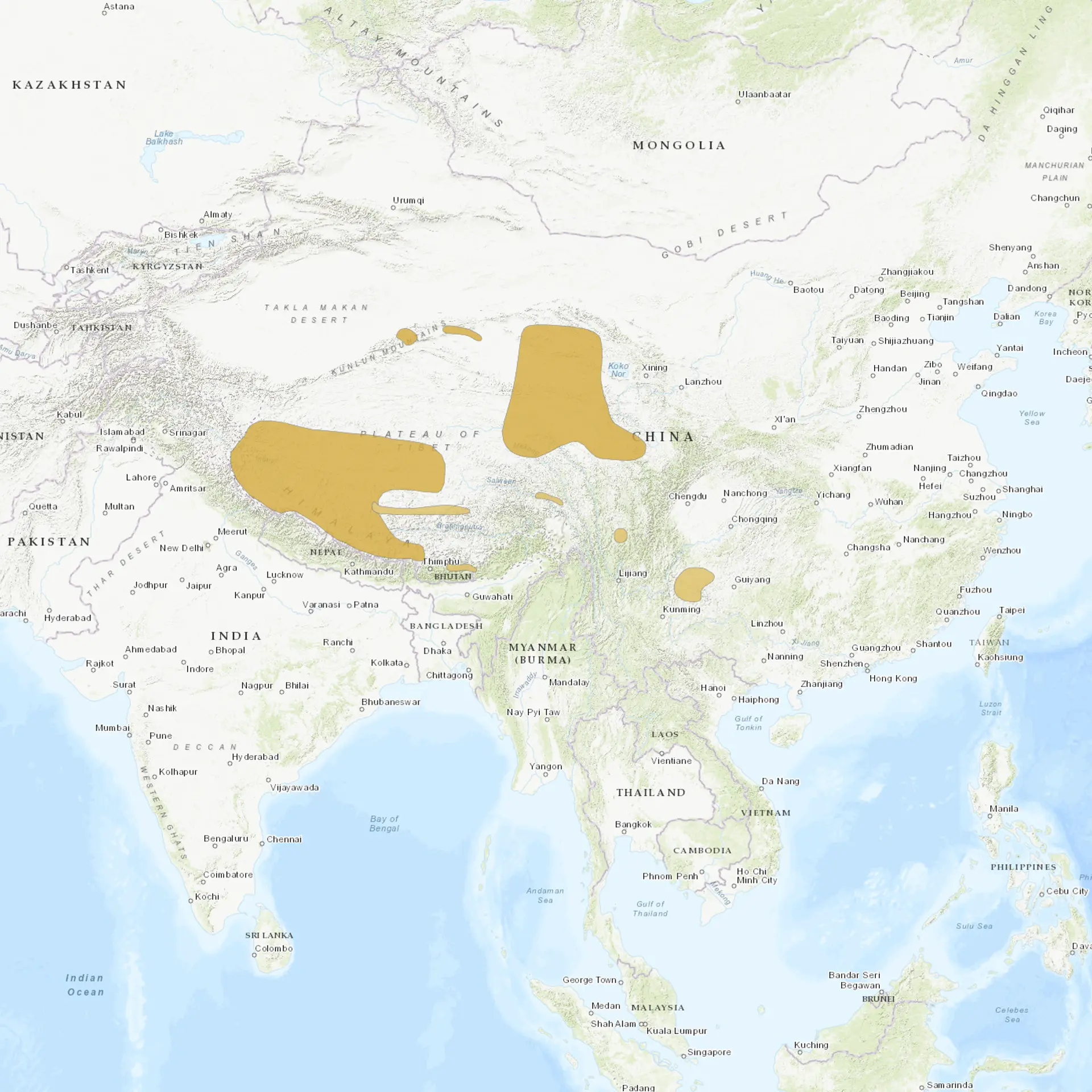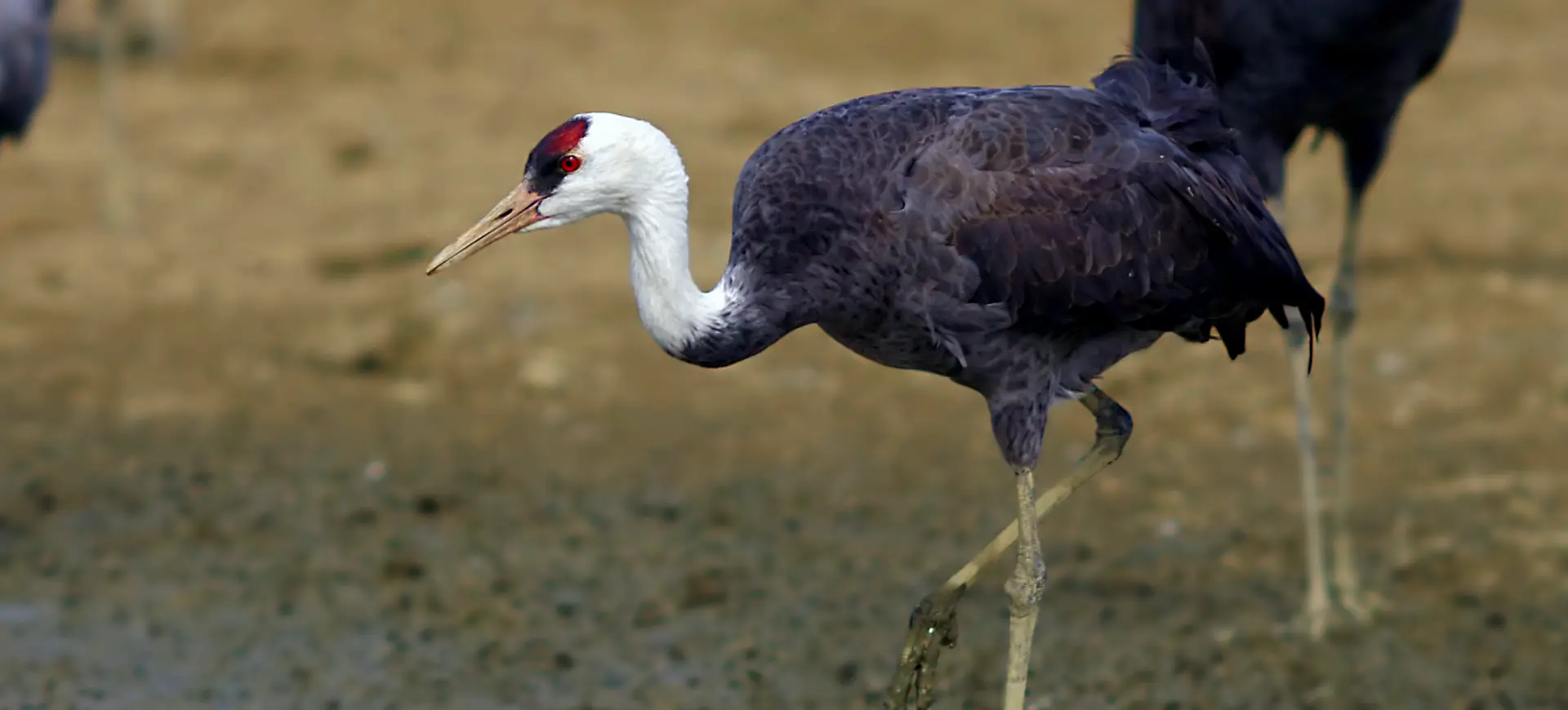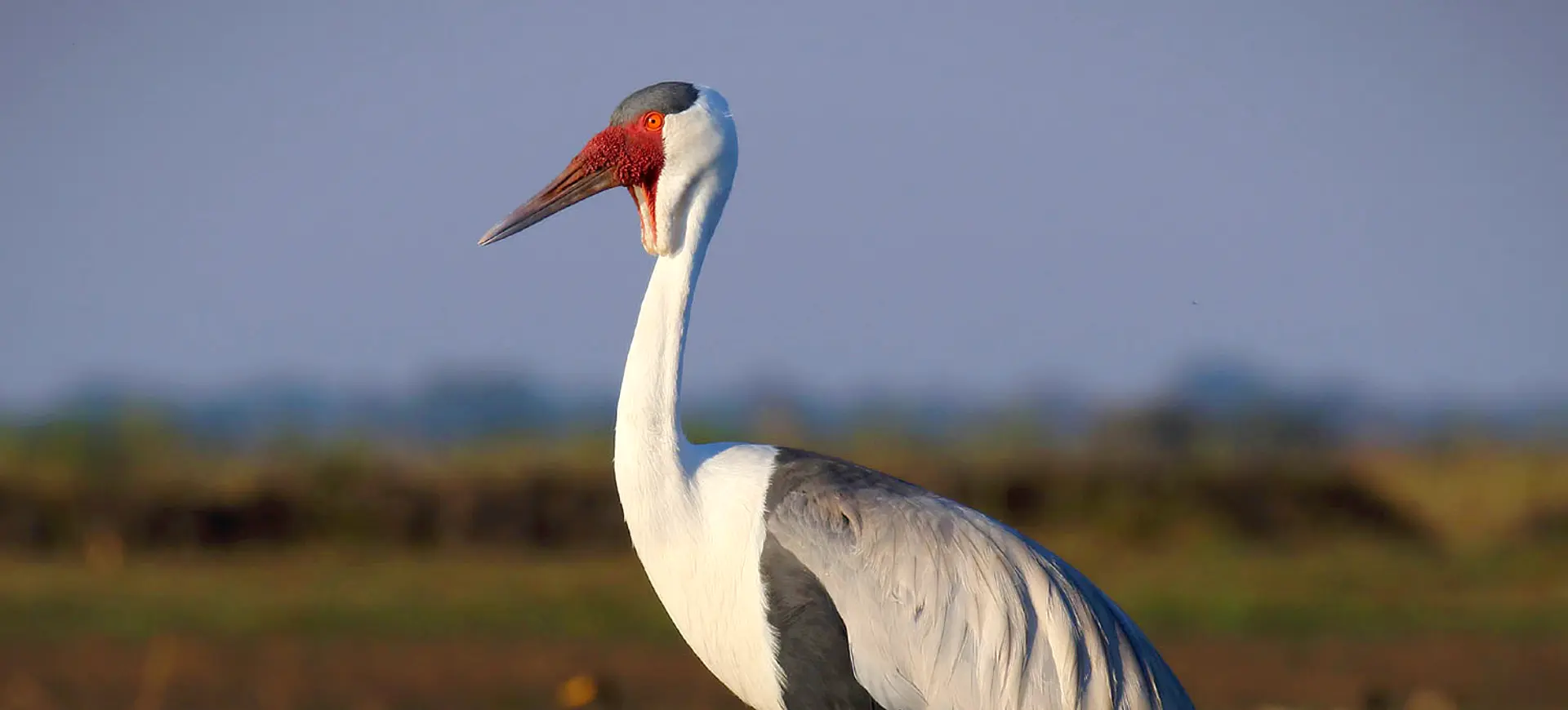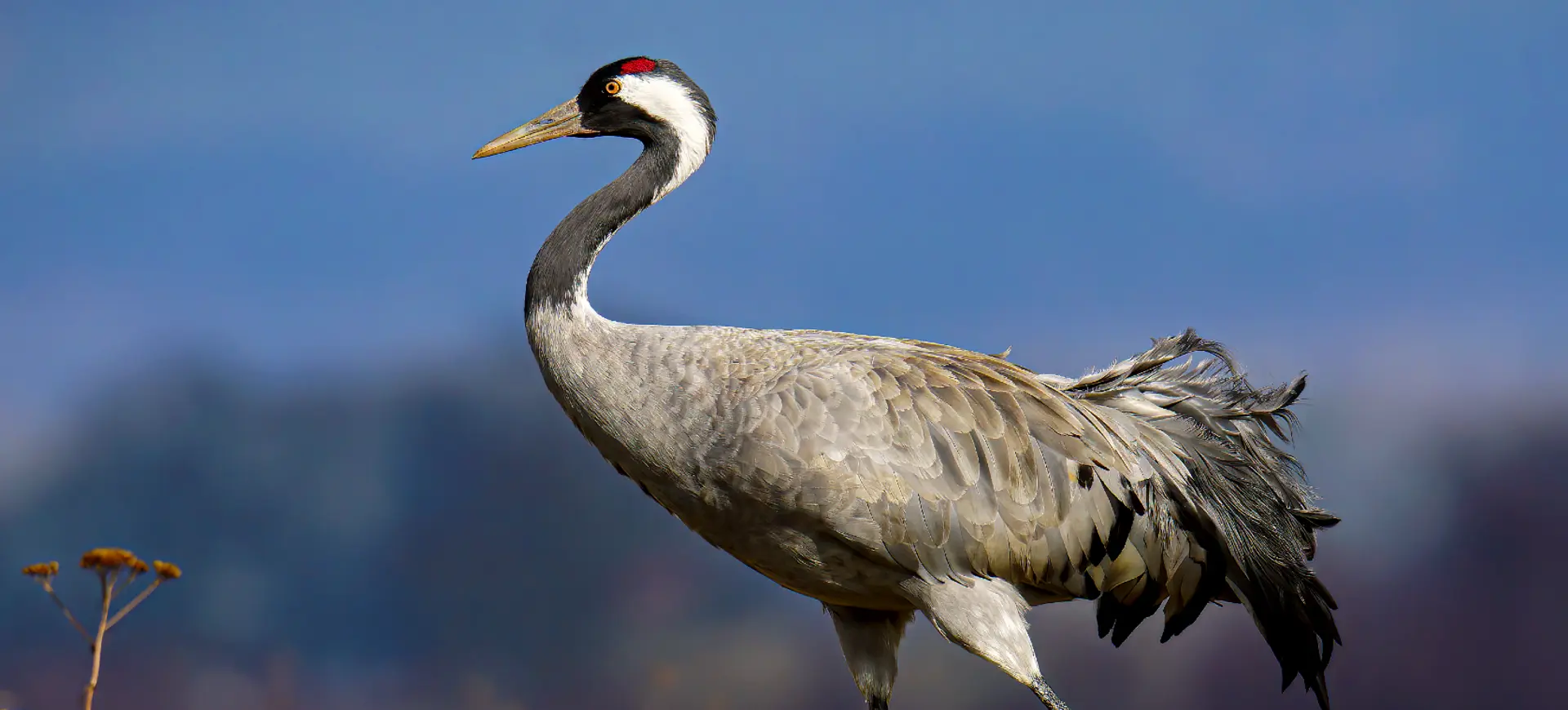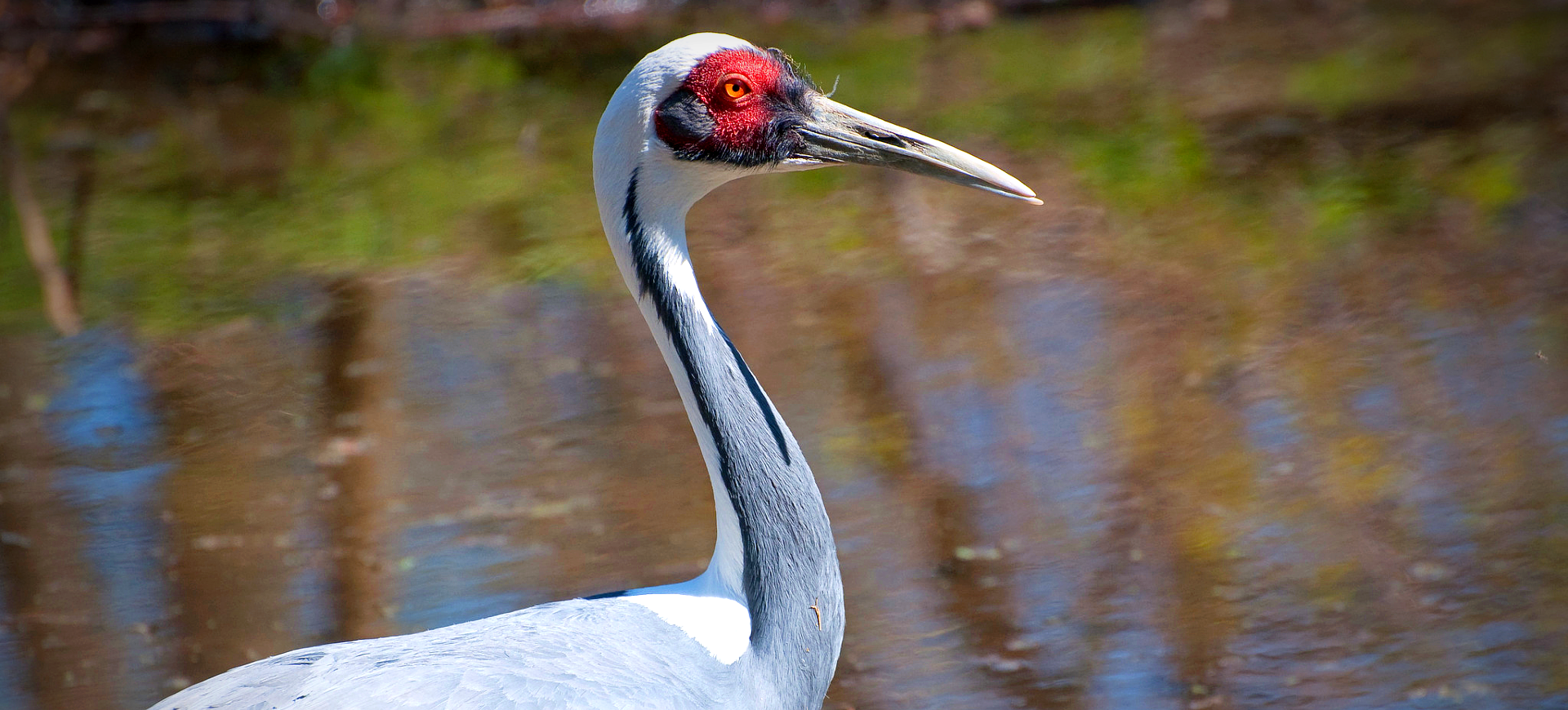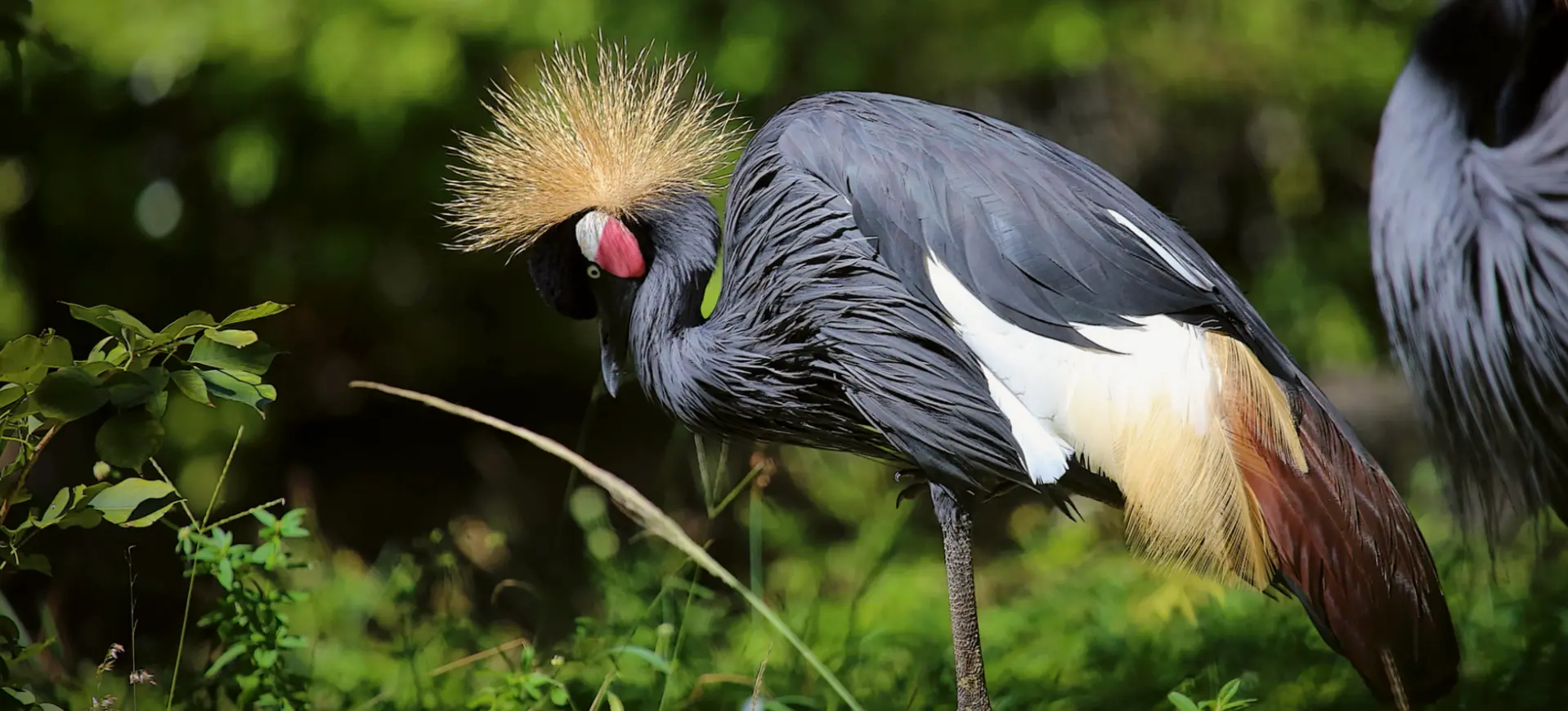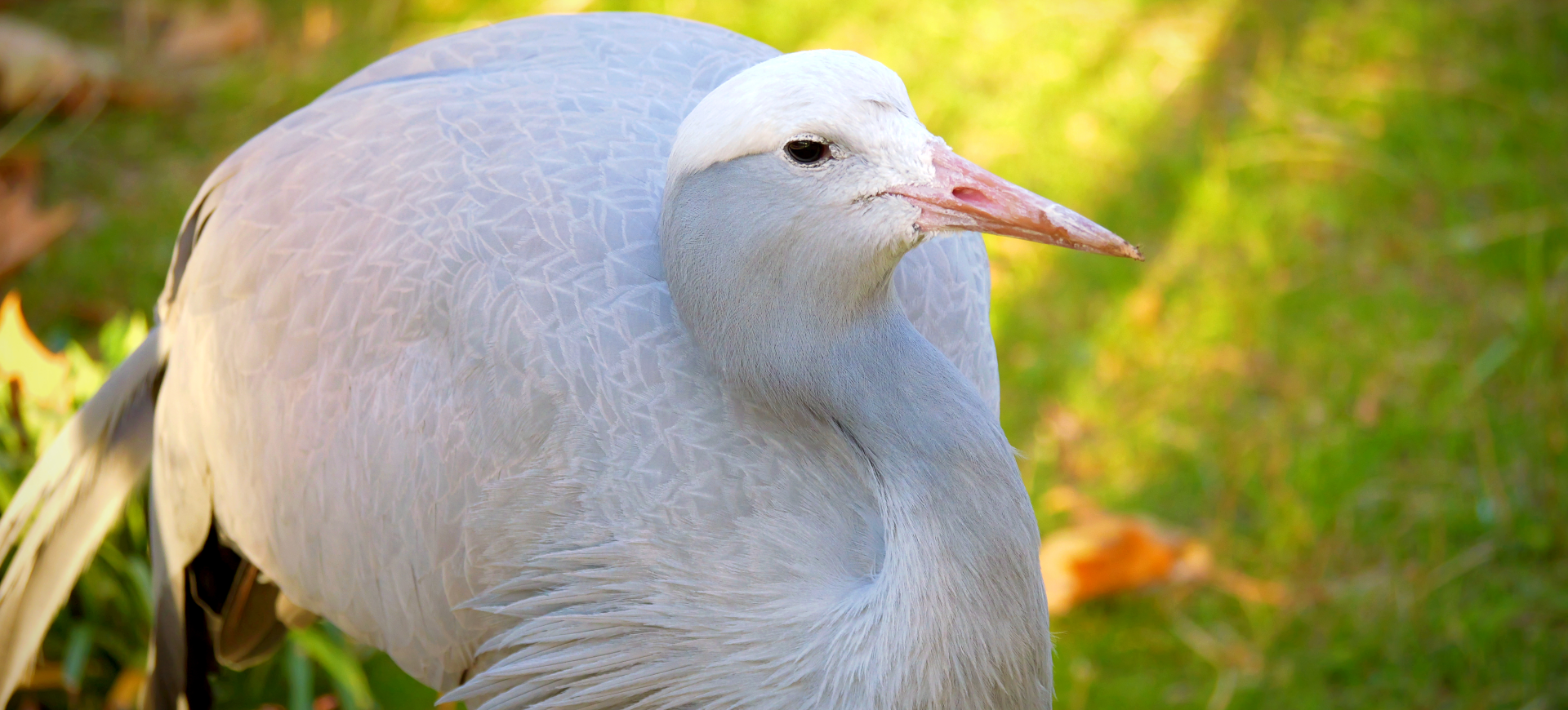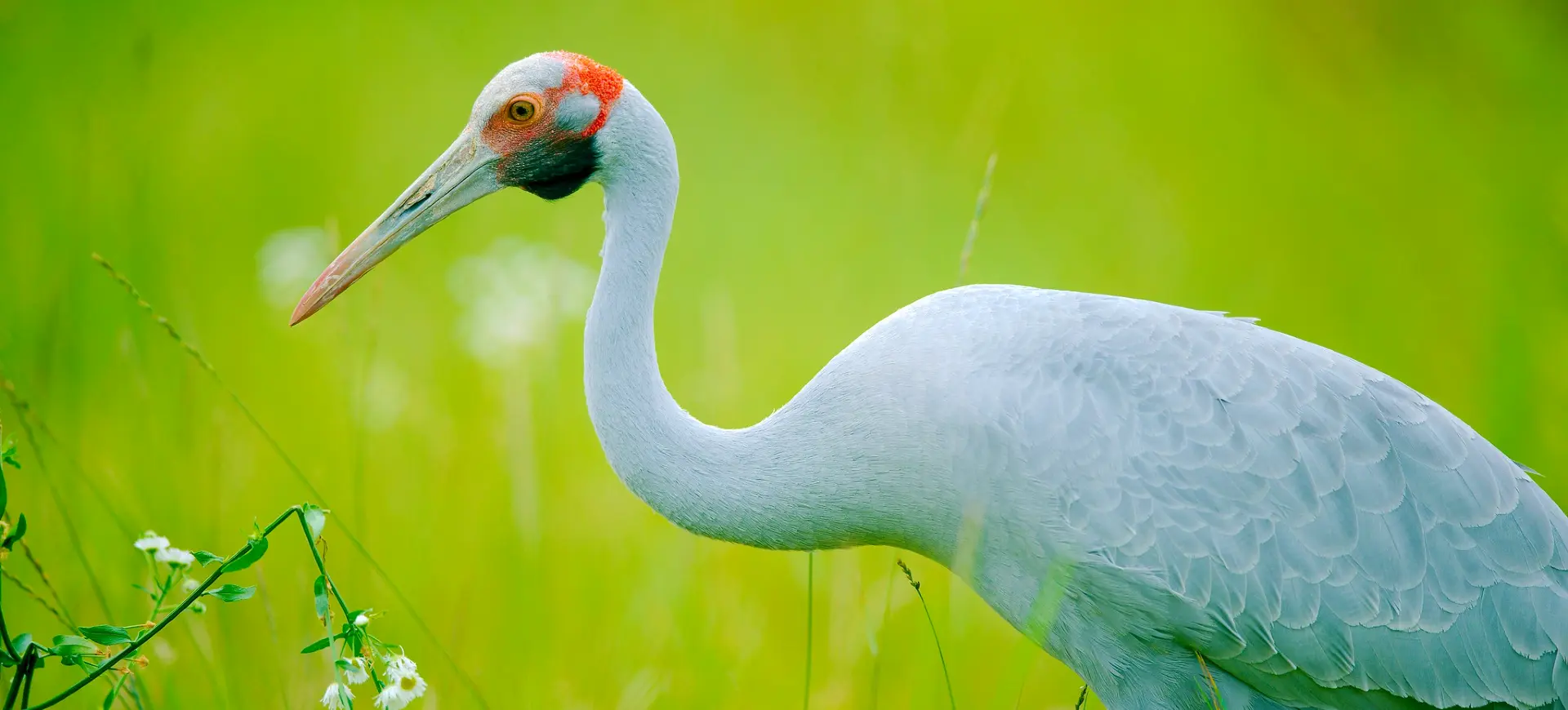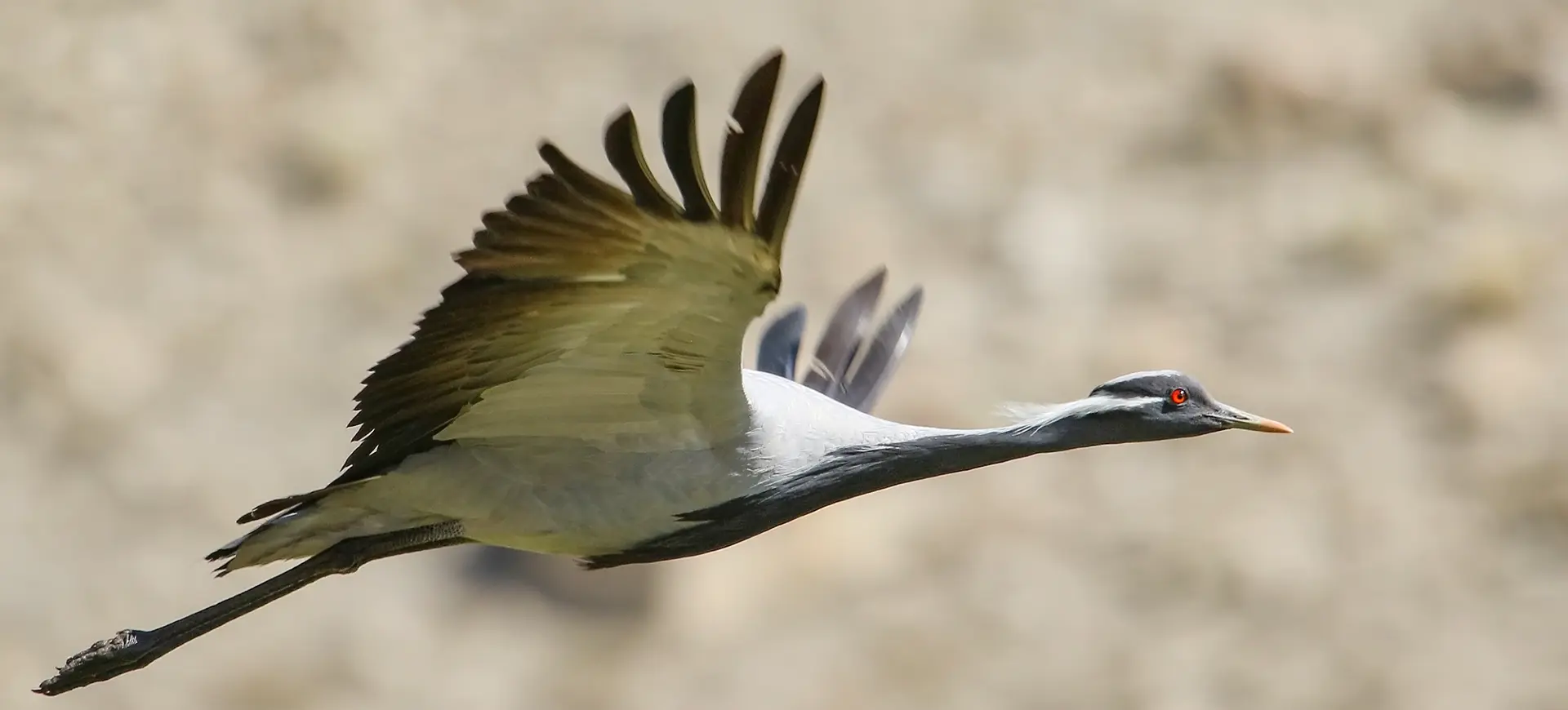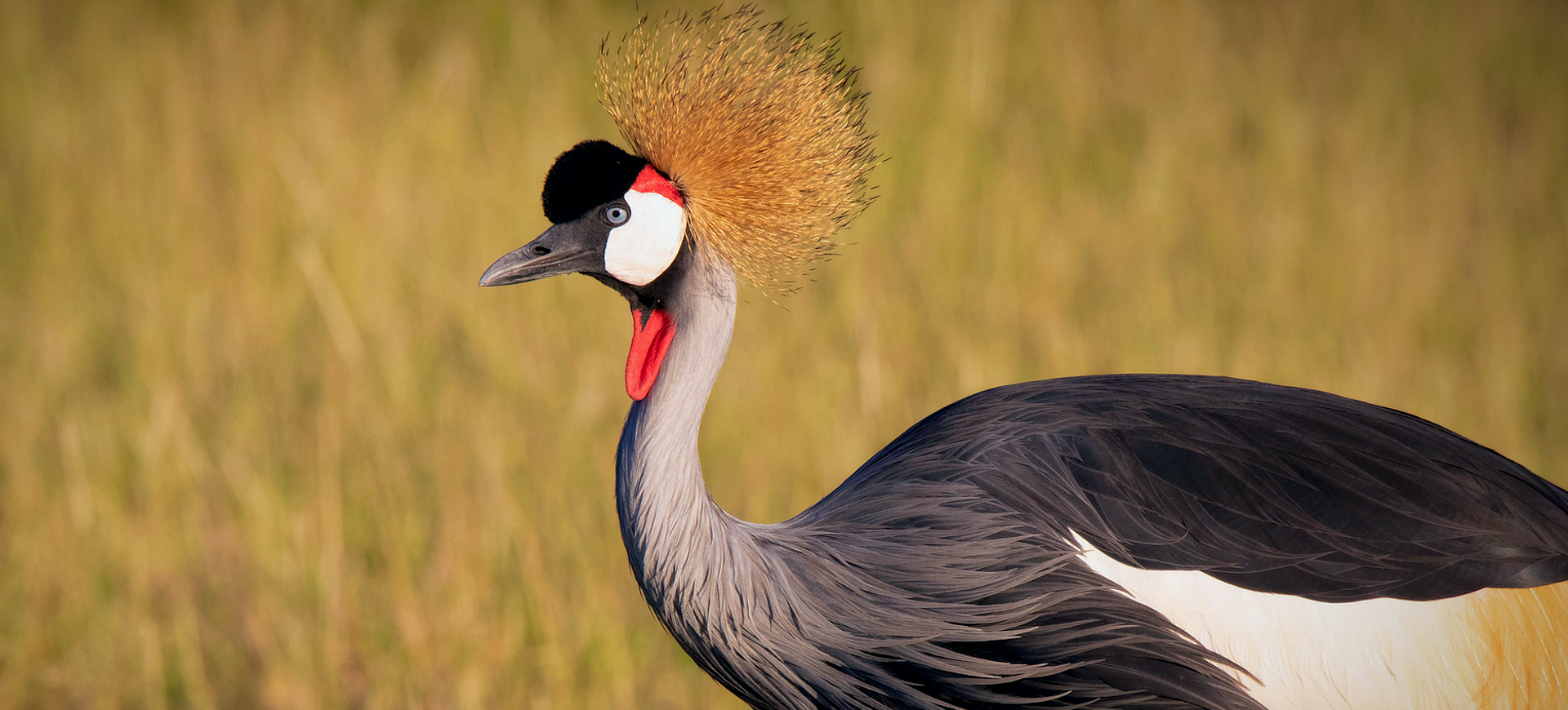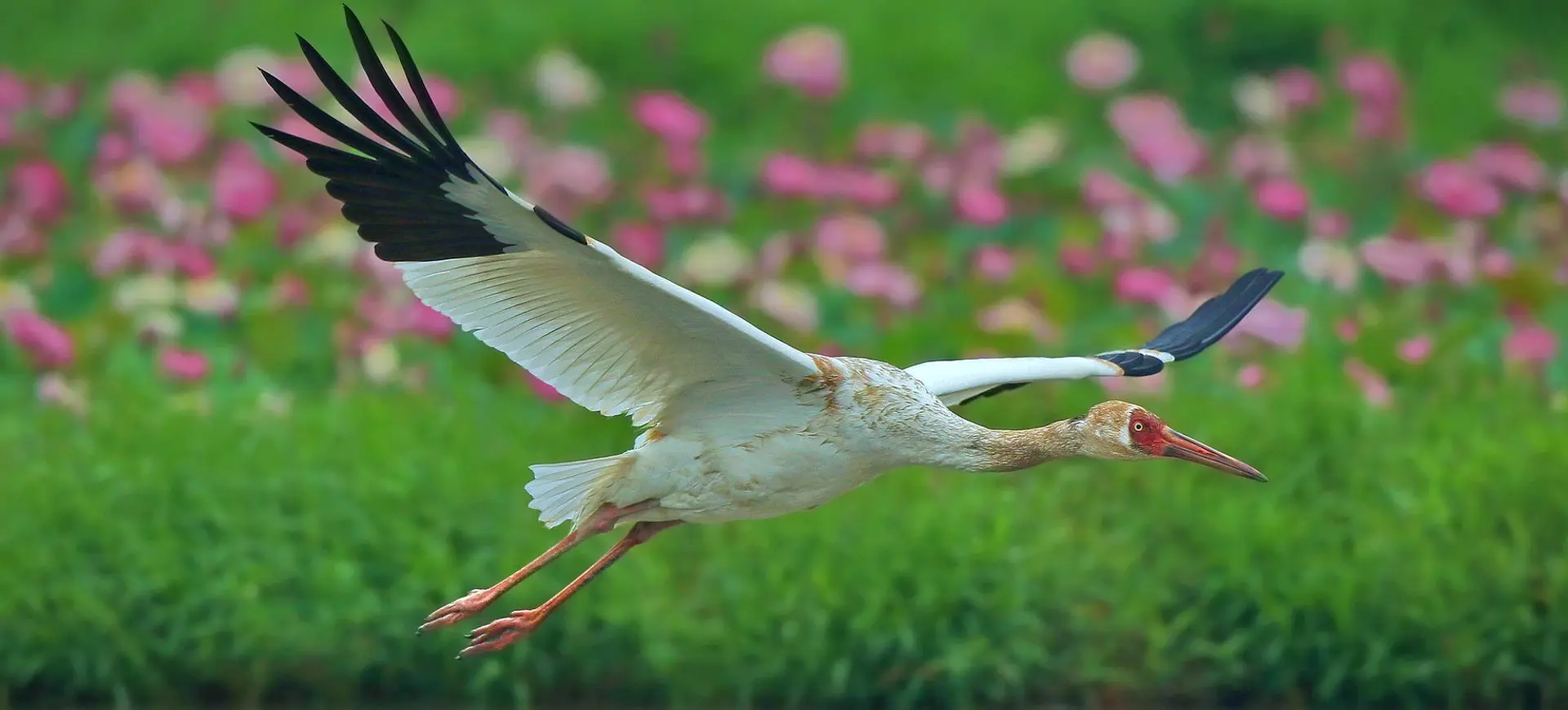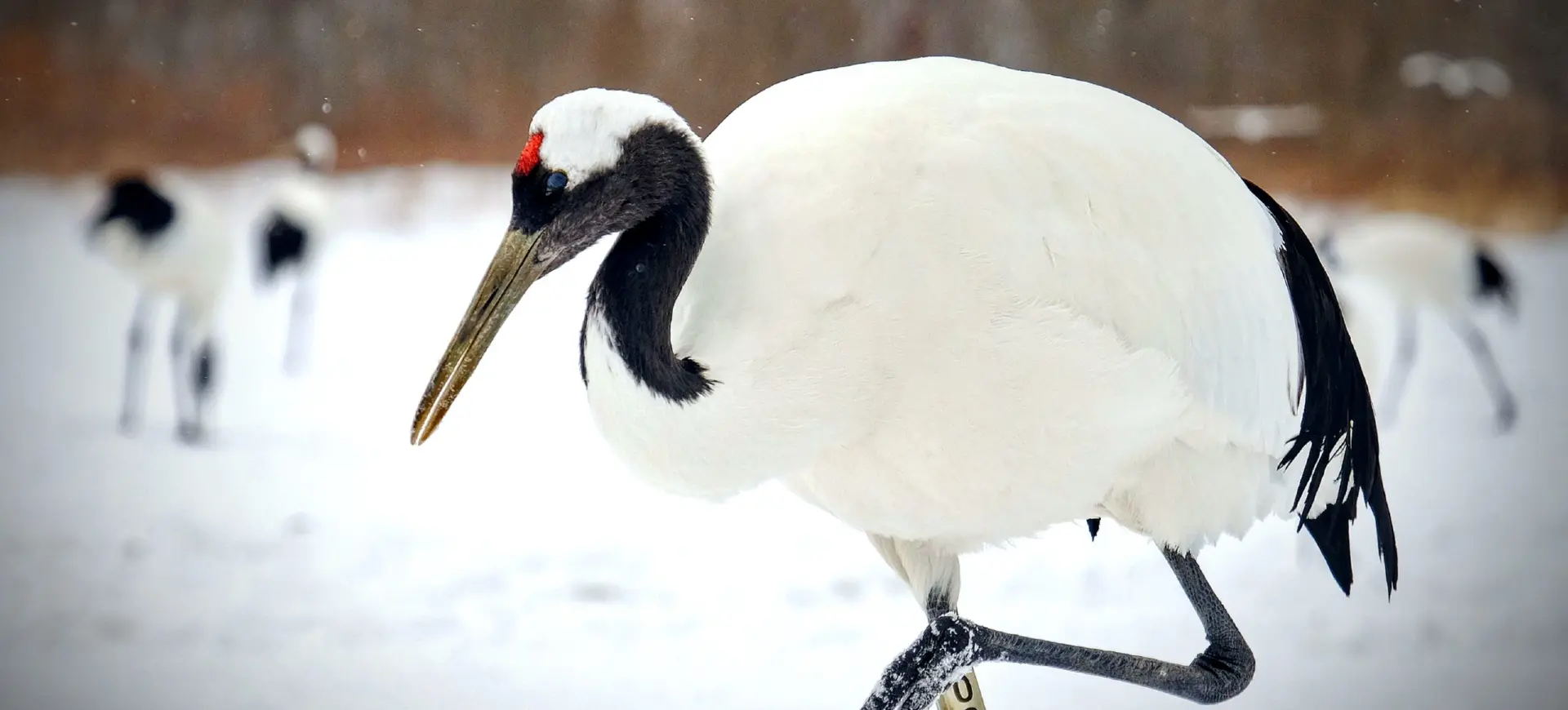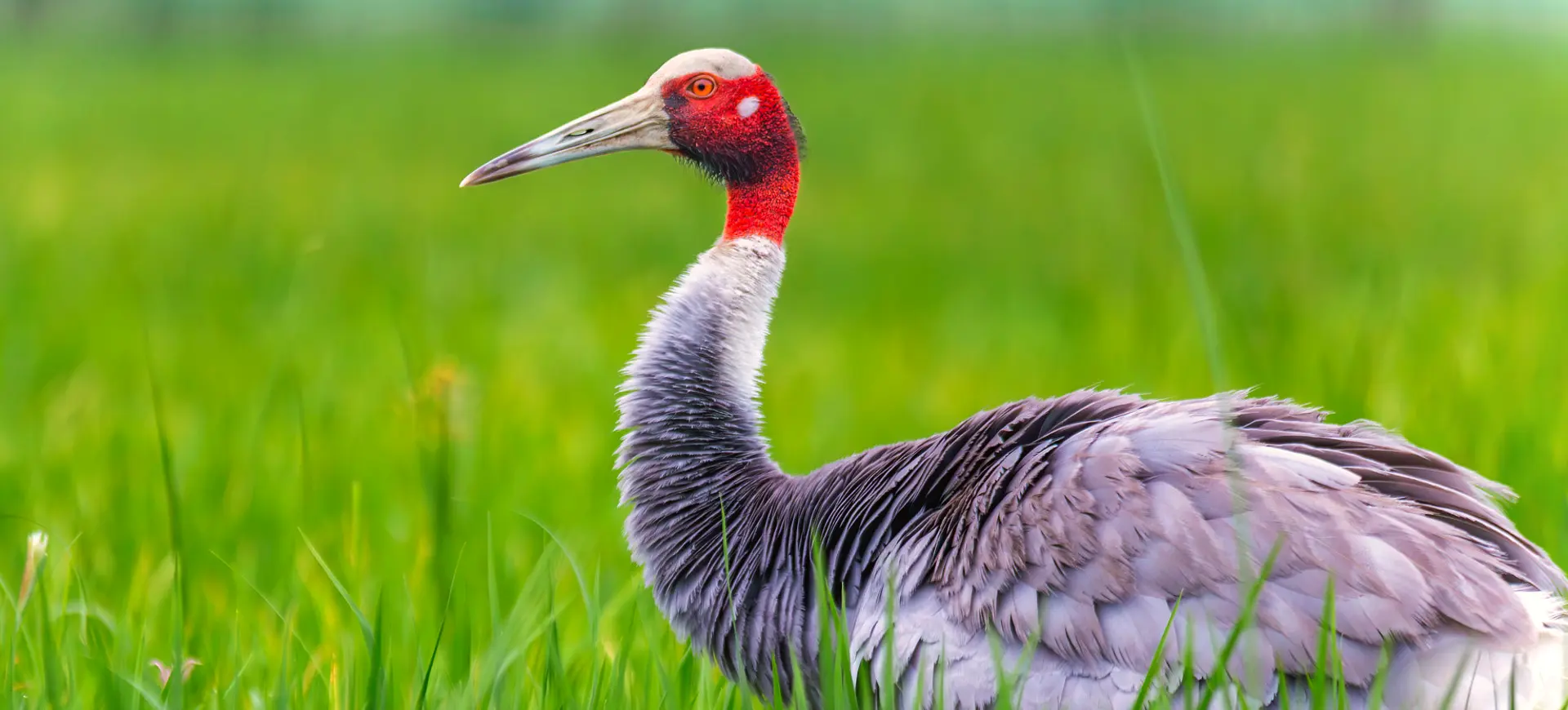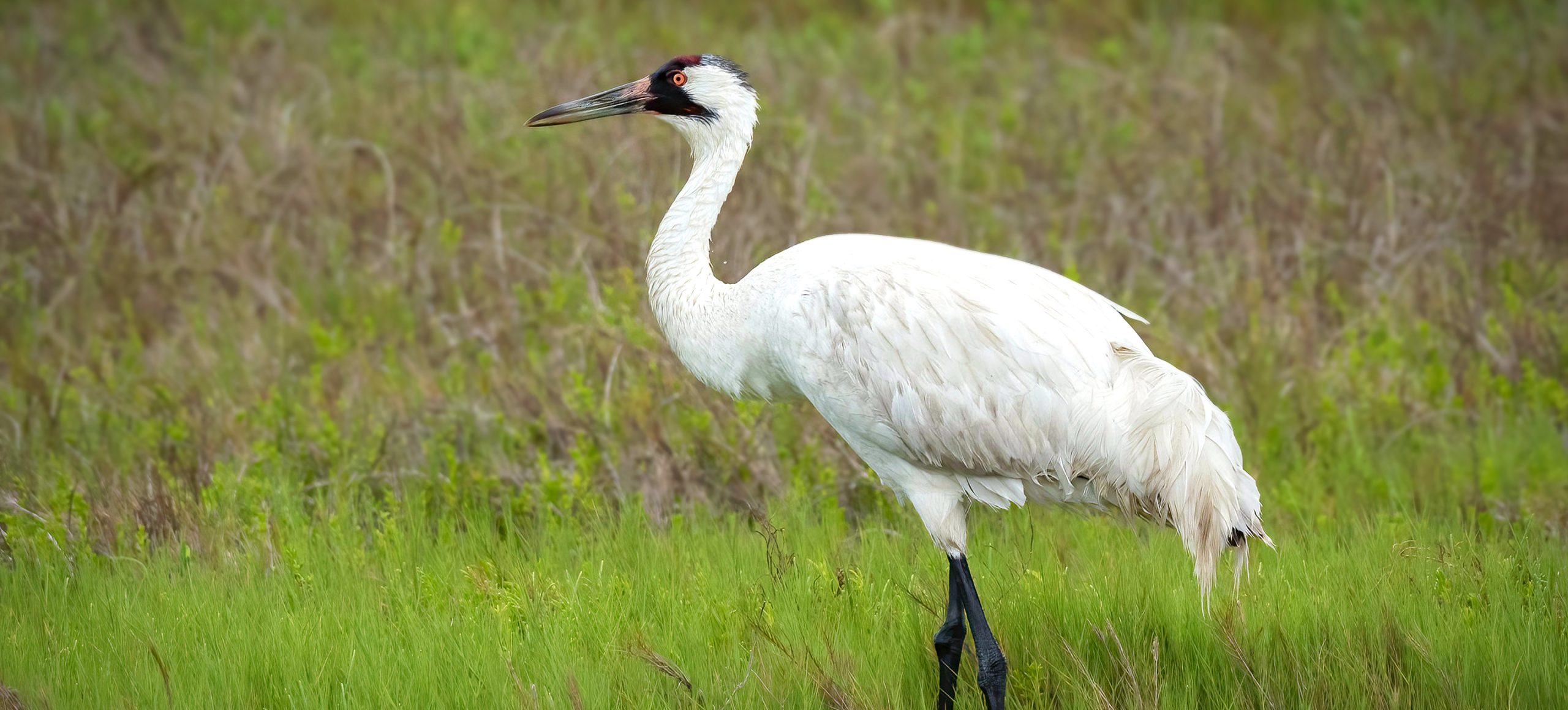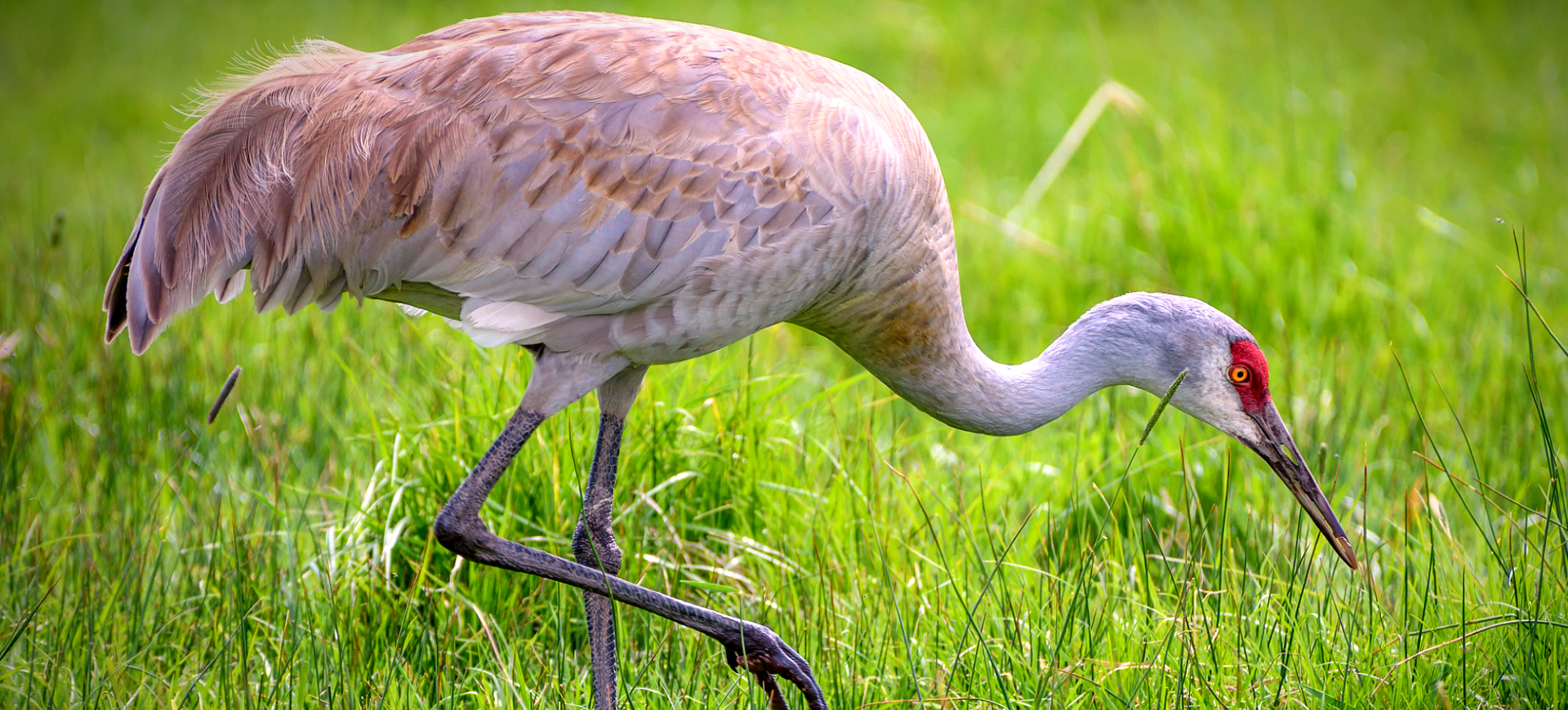Overview
The Black-necked Crane (Grus nigricollis) is a large bird found primarily in the high-altitude regions of the Tibetan Plateau and the surrounding areas. It is recognized for its distinctive black neck and head, which contrast with its grey and white body. These cranes are known for their elegant courtship dances involving intricate movements and calls. They play a significant role in the cultural and religious practices of the local communities in their habitat.
During the breeding season, Black-necked Cranes prefer wetlands and marshes with abundant vegetation for nesting. They are monogamous birds, forming lifelong pair bonds and working together to raise their young. Their nests are typically constructed on small islands or along the edges of lakes, protecting them from predators. Outside the breeding season, they migrate to lower altitudes and inhabit agricultural fields and river valleys.
Black-necked Cranes are omnivorous, feeding on a varied diet, including plant material, insects, and small vertebrates. Their foraging habits change with the seasons, adapting to food availability in their environment. During migration and wintering grounds, they feed in agricultural fields, consuming grains and tubers. Conservation efforts are critical for this species due to habitat loss and human disturbances in their breeding and wintering areas.
Taxonomy
Kingdom
Phylum
Class
Order
Family
Genus
Species
Type
Current distribution:
The Black-necked Crane is primarily found on the Tibetan Plateau, including regions in China, Bhutan, and India. During the breeding season, they are concentrated in the high-altitude wetlands of Tibet, Qinghai, and Sichuan. In winter, they migrate to lower altitudes in Yunnan and Guizhou in China, as well as parts of Bhutan and northeastern India. Their migratory routes and wintering grounds are closely linked to food availability and suitable roosting sites.
Small populations have been recorded in northern Vietnam and along the Himalayas, indicating a broader but fragmented distribution. Conservation efforts focus on protecting their key habitats across these regions to ensure their survival. The cranes' distribution is influenced by seasonal changes, human activities, and climate conditions, which can impact their migratory patterns. Monitoring these factors is essential for effective conservation planning.
Physical Description:
The Black-necked Crane stands about 3.9 to 4.6 feet (120 to 140 cm) tall and has a wingspan ranging from 6.6 to 8 feet (200 to 245 cm). Its plumage is primarily grey and white, with a distinctive black neck and head and a small red patch on the crown. The tail feathers are black, and the legs are long and black, well-adapted for wetland wading. Juveniles have a brownish tint to their plumage, which gradually changes as they mature.
Adults have a robust and streamlined body, which is well-suited for long-distance flight during migration. Their bill is long and pointed, ideal for probing the ground for food. The eyes of the Black-necked Crane are pale yellow, providing sharp vision to detect predators and prey. These cranes have a loud, trumpeting call that can be heard over long distances, particularly during the breeding season.

Lifespan: Wild: ~20 Years || Captivity: ~30 Years

Weight: Male & Female: 13-18 lbs (6-8 kg)

Length: Male & Female: 43-53 in (110-135 cm)

Height: Male & Female: 47-55 in (120-140 cm)

Wingspan: Male & Female: 79-96 in (200-245 cm)

Top Speed: 30 mph (48 km/h)
Characteristic:
Native Habitat:
The Black-necked Crane inhabits high-altitude wetlands, marshes, and river valleys on the Tibetan Plateau and surrounding areas. During the breeding season, they prefer shallow wetlands with abundant vegetation, which provide suitable nesting sites and food resources. These wetlands are often between 3,000 and 5,000 meters, where the cranes are well-adapted to the cold and hypoxic conditions. Outside the breeding season, they migrate to lower altitudes, where they can be found in agricultural fields and along rivers in subtropical and temperate regions.
In their wintering grounds, they inhabit open landscapes such as grasslands, pastures, and harvested fields, often near human settlements. These areas provide ample food resources, including leftover crops and natural vegetation. The cranes are highly adaptable and can use a variety of habitats as long as there is sufficient food and minimal human disturbance. Wetlands remain critical for roosting and feeding, even in their wintering habitats, ensuring access to water and safe resting sites.
Climate Zones:
Biomes:
Biogeographical Realms:
Continents:
Diet:
Diet & Feeding Habits:
Black-necked Cranes are omnivores, consuming various food items depending on the season and availability. During the breeding season, they primarily feed on plant material such as roots, tubers, and seeds found in wetland areas. They also consume insects, small fish, and amphibians to meet their protein needs. In their wintering grounds, they adapt to feeding on crops like barley, wheat, and potatoes, often foraging in harvested fields.
Their foraging behavior involves walking slowly through wetlands or fields, probing the ground with their long bills. They have been observed to use various feeding techniques, including gleaning, digging, and even swimming, to catch aquatic prey. Black-necked Cranes are also known to feed in flocks, which can help them locate food more efficiently and provide protection from predators. The varied diet and adaptable foraging strategies are essential for their survival in diverse and changing habitats.
Mating Behavior:
Mating Description:
Black-necked Cranes are monogamous and form long-term pair bonds, often staying together for life. Courtship involves elaborate displays, including synchronized dancing, bowing, and calling, strengthening the pair’s bond. Both males and females participate in building the nest, which is typically a mound of vegetation in shallow water or on an island. The female usually lays two eggs, and both parents share incubation duties, which last about 30 to 33 days.
After hatching, the chicks are precocial and leave the nest within a day but remain under the care of both parents. The family stays together throughout the breeding season, with the chicks learning essential survival skills from their parents. Fledging occurs at about three months, but young cranes often stay with their parents until the next breeding season. This extended parental care is crucial for the development and survival of the offspring.
Reproduction Season:
Birth Type:
Pregnancy Duration:
Female Name:
Male Name:
Baby Name:
Social Structure Description:
Black-necked Cranes are highly social birds, often forming large flocks during migration and in their wintering grounds. Within these flocks, they maintain strong family bonds, with parents and offspring staying together for extended periods. Communication among cranes is essential for maintaining group cohesion and involves a range of vocalizations and visual displays. During the breeding season, pairs become more territorial and defend their nesting sites from other cranes and potential predators.
Flocking behavior provides several benefits, including increased foraging efficiency and predator protection. Mixed-species flocks can also be observed in wintering grounds, where Black-necked Cranes associate with other crane species. Social interactions within flocks are complex and involve hierarchical structures based on age and experience. Understanding these social dynamics is important for conservation efforts, particularly where human activities impact their natural behaviors.
Groups:
Conservation Status:
Population Trend:
The global population of Black-necked Cranes is between 6,600 and 6,800 individuals. Most of these birds are found in China, with smaller populations in Bhutan and India. Despite their relatively stable numbers in certain areas, the overall population is declining due to habitat loss and degradation. Conservation efforts are essential to protect their breeding and wintering habitats and to mitigate threats from human activities.
The population in captivity is much smaller, with around 200 individuals housed in various zoos and conservation centers worldwide. Captive breeding programs aim to support the wild populations by providing insights into the species’ biology and ecology. These programs also raise awareness about the conservation needs of Black-necked Cranes. Efforts to reintroduce captive-bred individuals into the wild are ongoing but face challenges due to the complex nature of their migratory behavior and habitat requirements.
Population Threats:
Habitat loss and degradation are the primary threats to Black-necked Cranes. Wetland drainage, agricultural expansion, and infrastructure development reduce the availability of suitable breeding and wintering sites. Human disturbances, such as livestock grazing and tourism, also impact their habitats and can lead to nest abandonment. Climate change poses additional risks by altering the hydrology of their wetland habitats and affecting food availability.
Although less common, poaching and illegal trade remain threats in some areas. Using pesticides and herbicides in agricultural fields can contaminate the cranes’ food sources, leading to health problems. Conservation efforts must address these threats through habitat protection, sustainable land-use practices, and community engagement. International cooperation is crucial given the species’ migratory nature and cross-border distribution.
Conservation Efforts:
Various conservation initiatives are in place to protect Black-necked Cranes and their habitats. These include establishing protected areas, such as nature reserves and national parks, in key breeding and wintering regions. Community-based conservation programs aim to involve local people in protecting crane habitats and promoting sustainable agricultural practices. Education and awareness campaigns are also essential to reduce human disturbances and promote coexistence.
Research and monitoring programs are vital for understanding the species’ ecology, migration patterns, and population dynamics. Satellite tracking and field surveys provide valuable data for conservation strategies and policy decisions. Although challenging, captive breeding and reintroduction efforts are part of the broader conservation approach. International collaboration among governments, NGOs, and research institutions is key to ensuring the long-term survival of the Black-necked Crane.
Additional Resources:
Fun Facts
- Black-necked Cranes are the only crane species that inhabit high-altitude regions.
- They have a unique and elaborate courtship dance that involves jumping, bowing, and wing-flapping.
- The red patch on their crown is an exposed skin area, not feathers.
- These cranes are considered sacred in Tibetan Buddhism and are often depicted in local art and folklore.
- Black-necked Cranes migrate long distances, sometimes covering more than 1,000 miles (1,600 km) between breeding and wintering sites.
- They have a loud, trumpeting call that can be heard long distances.
- Both parents share the responsibility of incubating eggs and caring for chicks.
- They can live up to 30 years in the wild, with some individuals reaching this age in captivity.
- Food availability, temperature, and precipitation changes influence their migratory patterns.
- Conservation efforts for Black-necked Cranes often involve community engagement and education to promote sustainable practices.


